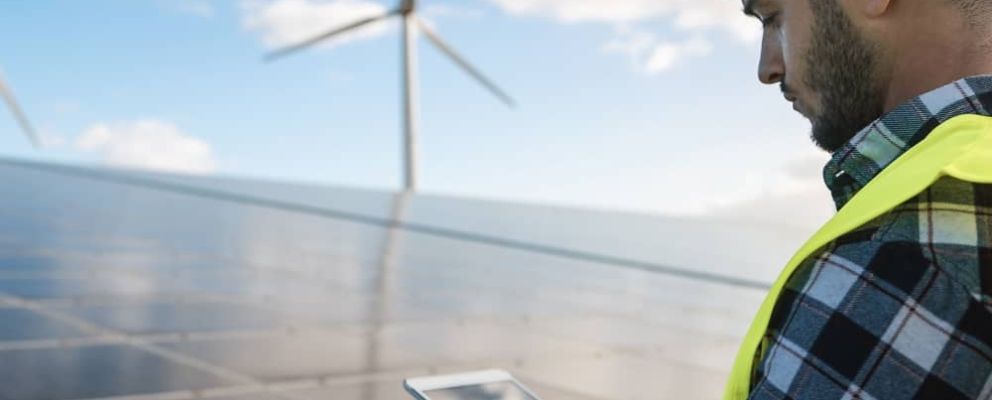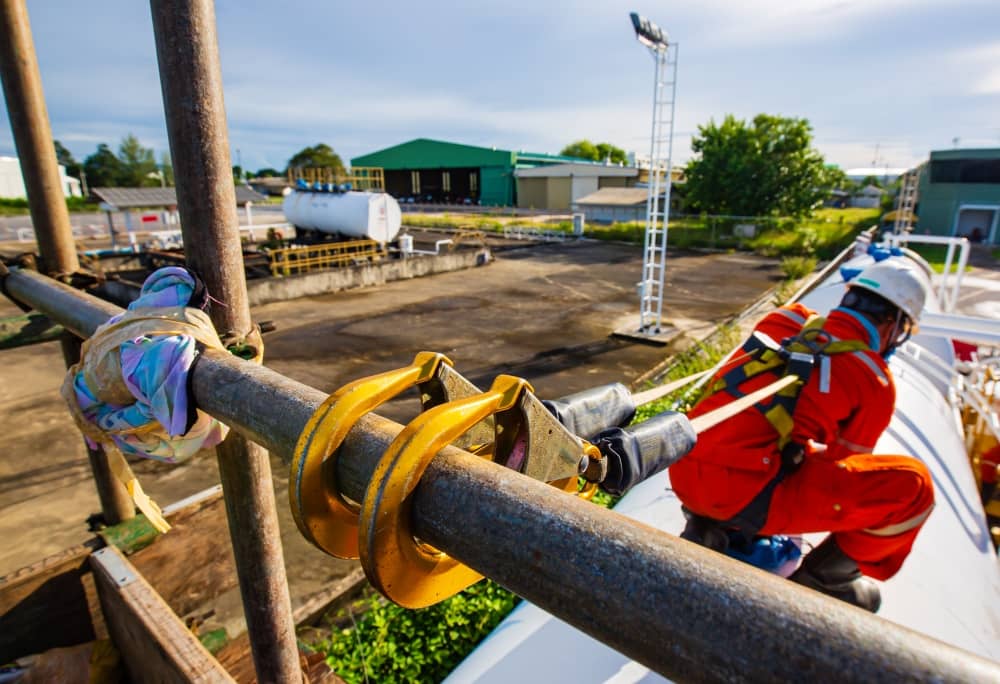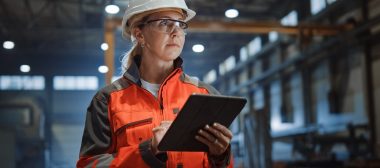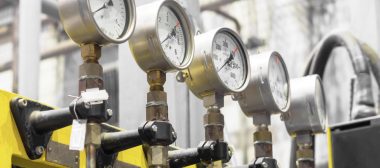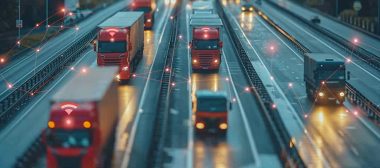“Checking in” with someone could mean speaking with someone you haven’t talked with in a long time. Check-in in the workplace and occupational safety refers to an employee reporting to an employer to affirm their wellbeing and vice versa. The primary goal of the employee check-in system is to ensure the employees’ safety and health. This is a simple step that not only confirms workers’ safety but also communicates critical information about the employee’s general well-being.
Types Of Safety Check-ins
There are two types of lone worker check-in systems: manual and automated check-ins. Here is a deeper review of both these systems.
- Automated Check-ins
Automated check-in systems use participation, technology, and cellular, wireless, and satellite networks to enable distant and lone employees to check in from anywhere in the world. Because they don’t require as much work and are less prone to human error, automated health and safety solutions like SafetyLine are particularly appealing. It also includes location maps and reliable two-way communications.
Other safety features include drop detection and useful proactive safety messages if check-in is skipped. Furthermore, automatic check-in apps like SafetyLine are equally easy to set up as a manual alternative.
- Manual Check-ins
Without the aid of technology, employees must check in manually using manual check-in systems. A manual check-in system includes a whiteboard, an attendance record, a phone or radio call to the employer or security monitor, and other elements.
A manual check-in system is simple to set up and takes little time. Human mistakes and forgetfulness significantly reduce the effectiveness of manual workplace safety monitoring systems.
Significance of Lone Worker Check-ins
Here are some other significant advantages of a lone worker check-in system.
Helps Promote Transparency
Employers must be as open and truthful as possible when adopting new safety procedures and rules, such as regular safety check-ins so that workers understand why the changes are being made and how they will affect their duties. An influential safety culture will tell lone workers of any OHS concerns and let them know when actions have been taken to mitigate potential hazards.
Promote Constant Effective Communication
Safety check-ins are essentially a quick, effective way of interaction that ensures employee well-being. Employees should always have the opportunity to discuss health and safety concerns and check-ins using tools like mobile apps. These options could include confidential discussions with company officials or group brainstorming sessions. However, sharing knowledge relevant to the OHS environment and the difficulties the business might face is essential.
Improves Employee Safety and Well-Being
What advantages do security check-in systems focus on offering? Better employee safety is the main advantage, as was already mentioned. Regardless of your industry, your staff and the expertise they contribute are your company’s most valuable assets. An employer must ensure that employees, particularly lone workers, are safe. This is considering the possibility that their lives could be in danger while doing their jobs.
Helps Drive Employee Engagement
Company executives have the chance to offer their direct reports through routine check-ins with staff members. This method of interaction between employees and supervisors frequently sparks exciting discussions to keep staff members motivated. Additionally, it enables collaboration and mutual empowerment between them. According to a survey, 40% of lone workers feel physically and emotionally cut off from their jobs. This suggests that employee involvement is essential since these lone workers often experience isolation and a lack of support.
Helps Maintain Focus Among Employees
To lower the risk of making disastrous mistakes, you want your workers to be attentive and engaged on current issues. Employees who are required to report in a while working stay motivated and focused on their jobs. Lazy workers are more likely to miss work by 37%, have accidents by 49%, and make mistakes and defects by 60%, according to a study from the Queen’s School of Business and the Gallup Organization. According to Harvard T.H. Chan School of Public Health, “If you are an environmental, health, and safety professional, maintaining high levels of employee involvement is critical to ensure optimum functioning.
Promotes Continuous Learning
Whatever your position, you need to keep up with business trends. Each check-in between employees and supervisors allows both parties to learn, develop, and grow, regardless of their administrative or employee-focused skills. You can regularly assess employee objectives to ensure they align with the company’s goals. Additionally, it gives the supervisor a chance to see how well they did at boosting employee performance.
Helps Communicate The Bigger Picture
It is crucial to explain the rationale behind any new safety regulations to your personnel to secure their adoption and company-wide compliance. Naturally, you must make clear the advantages of any new safety measures you implement, mainly if they affect how people carry out their jobs. The requirement that employers confirm the necessity of the extra precautions or procedures and often and consistently communicate the benefits is less generally understood.
Never Use the Term “Zero Tolerance”
Contrary to what we said about encouraging employees to speak out, intimidation techniques like “zero tolerance” can increase workplace safety concerns since employees may feel hesitant to report issues. Avoid using generalized statements. Instead, be clear about what is acceptable and what is not, as well as the consequences of such behaviour. Similar to security check-in software programs, your workers need to understand how security practices and standards directly benefit them. There is no need for ominous terminology in such situations.
Boosts Involvement Across the Entire Company
Check-in systems can promote team or organizational involvement and alert employers and workers to safe conditions. All employees, regardless of status, are on the same safety page using a single check-in mechanism. Reading through encourages a strong security culture throughout the entire firm. Engaged workers tend to be more productive, generate higher-quality work, and love their jobs. Even though every firm is different, dedicated employees gain from these advantages.
This is because they believe that their employers value and care for them. They can better concentrate on the job, avoid distractions, and feel less stressed. Additionally, these employees believe that their workplace is secure. They experience a sense of belonging to a group with shared objectives, and they are often updated on events and aspects that can endanger their well-being, such as dangerous weather.
Enhances Internal Communication
A safety check-in system can enhance communication between employers and employees by giving regular updates on worker status and other crucial information required for successful emergency rescue. Utilizing GPS and satellite technologies to track connected workers and keep them safe is made possible by OHS solutions like SafetyLine. Employees can stay in touch with their company even when they are in remote areas or outside the mobile phone service area by using the SafetyLine check-in app.
Reduces Pressure On End Year Reviews
You can lessen the burden of your annual evaluation by committing to regular check-ins. If potential problems are identified and addressed as they materialize, performance concerns can be prevented by all parties involved. The burden of annual performance assessments is lessened, and months of possible errors are avoided.
Conclusion
You may stay in touch and get to know your employees through check-ins. They are an excellent way to recognize and celebrate employee accomplishment early on when motivation is at its best and identify problems before they get out of hand.

